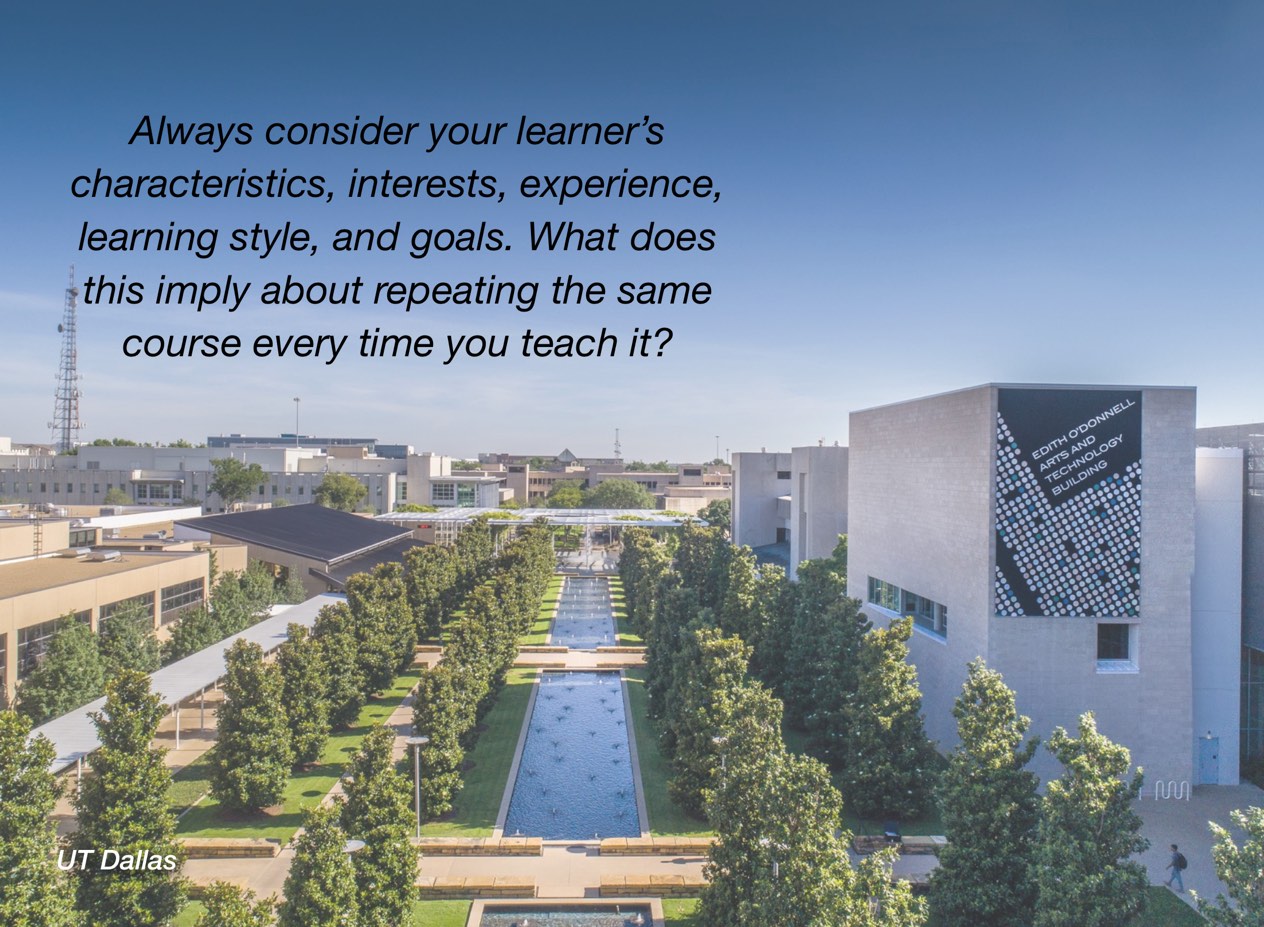25 Modeling Critical Thinking for Students


Patrick Davis
I have received great guidance about teaching from colleagues over the years, but few pieces of advice have had as deep and long-lasting an impact as the simple idea of taking the time in class to model critical thinking for students.
What’s the typical Q&A scenario? The student asks a question; the faculty member answers. What typically goes through the student’s mind is that the professor is effortlessly and spontaneously spewing forth this wisdom because, “They know all that stuff.” After all, we’re the ones teaching it, right?
In some cases (as with factual answers to fact-oriented questions) we probably are answering quickly and easily because we can. But in many cases, the faculty member is critically thinking through the question and synthesizing a response. This process is entirely invisible to the students, who naturally come to the conclusion that the faculty member simply already knew the answer to the question. In contrast, consider this approach: “That’s a great question; let me think it through. I know is true because… I also know is true because… I’m not absolutely sure about but I believe it would also be true given the following… My conclusion is that…”
Rather than concluding that the professor simply knew the answer or being mystified by how the professor came to his conclusion, most students come to the revelation “Wow, I could have done that!” From the standpoint of the learner, that feeling is empowering!
I believe I have received more positive feedback from students on this simple approach than on any other that I use in class, be it lecture, lab, discussion, or one-on-one instruction. I would love to give credit to the colleague who gave me this simple yet powerful idea, but it was so long ago that I don’t remember. I also had no idea that it would have such a positive impact on my teaching and on student learning over the years.


Chapter 25 Commentary : Barbara Shipman
“When someone asks a question or I propose one in class, most of the time I do not know the answer right away, and I tell my students that. As we think it out together, I let them in on the secret ways I’m thinking (which is usually not the typical “math book” explanation). Critical thinking is a creative, spontaneous, unpredictable process. It involves drawing pictures, playing with ideas, guessing and checking, making and correcting mistakes, and trying new things. I am comfortable not knowing the answers, and I want my students to feel that way, too. This gives them the freedom to think, to play, and to enjoy the process of figuring things out.”

